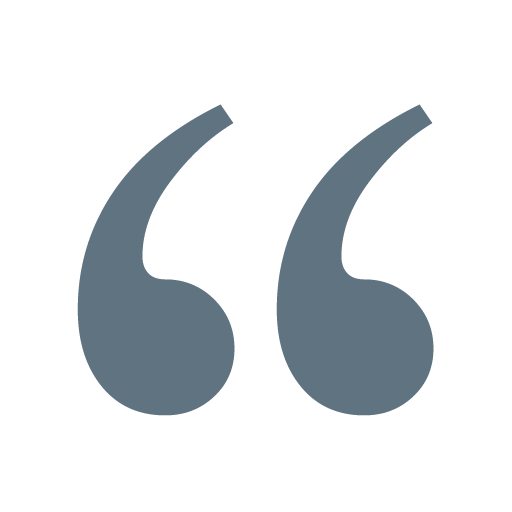
“I've learned that people will forget what you said, people will forget what you did, but people will never forget how you made them feel.”
- Maya Angelou
The Power of Preparation
In the course of business, clashes with customers are inevitable. The actions of frontline workers during these moments are pivotal to a company’s success. Recognizing this, many businesses adopt a targeted approach to address such conflicts, developing a specific plan of action—a framework that personnel can rely on to navigate challenging confrontations, emphasizing de-escalation techniques.
customer recovery frameworks
These frameworks go by several names: complaint management; customer (or client) retention; customer recaptures; or recovery frameworks.
The significance of addressing conflicts head-on at the frontline cannot be overstated. These interactions play a decisive role in shaping the trajectory of the customer’s relationship with your business.
Conflict can be exceptionally challenging when not equipped with the proper skills and training to handle it; that’s the purpose of these frameworks. It empowers personnel by giving them a specific procedure that they can rely on to help de-escalate and “recover” the dissatisfied customer.
What steps are included a customer recovery framework?
These frameworks can include any number of steps and procedures depending on the industry, context of the dispute, and decision-making abilities of the representative.
To assist you with creating your own customer retention framework, we’ll provide a generic “à la carte” framework to help guide your efforts.
1
Establish a Primary Response
The initial first step should focus on maintaining the employee’s composure. Maintaining composure during a high intensity confrontation can be exceptionally difficult. Although specific training can be used for this, for example, CIIAN teaches a three step emotional regulation strategy called the 12U process; however, sometimes assigning a specific task can also be beneficial.
For instance, if you instruct employees to stop and listen, listen to the customer with the purpose of understanding, this can shift the dynamics. Because their primary task is to listen, they are less likely to fall into the trap of judging, becoming offended and reacting in kind. However, this has to become automatic, so specifically incorporate a primary response, such as listening, into the framework.
2
Apology
When confronted by a frustrated and potentially hostile individual, apologizing is not something that naturally comes to mind. Yet in the context of customer service, offering an apology early in the interaction can be an effective way help to control the emotional climate.
E.g. “I’m sorry you are experiencing this”
There is the risk of coming across as being insincere or too scripted, so we recommend to be specific with the apology by apologizing and describing the issue.
E.g. “I’m sorry that your order hasn’t arrived yet.”
Incorporating an apology that is purposely linked to the issue not only helps dampen the emotional climate but serves as a checkpoint, a confirmation for the employee they have properly identified the issue.
3
Create Certainty and a Collaborative Process
Another approach to influence the emotional climate is help displace fear. To do this, we can make efforts to decrease the clients uncertainty about the consequences.
E.g. “We will do everything we can to get this resolved as quickly as possible for you”
With the increased certainty that their problem will get the attention needed to resolve it, fears related to the potential outcomes may diminish. There is an inverse relationship between trust and fear. As fear dampens, the customer is better able to enter a mindsate that’s conducive for resolving conflict.
4
Restate and Reflect
Restating and reflecting are active listening techniques. Restating provides an opportunity to hone in on the issue. To restate, we summarize the problem in our own words.
When we reflect, it’s similar to restating but instead of summarizing their issue, we are demonstrating that we understand how the person feels. We reflect on their emotional experience.
Taken together, we reflect on their emotional state and restate the reasons for those emotions. This can be a powerful technique to build rapport.
E.g. “If I understand correctly, you were to receive your package on the 12th and it hasn’t arrived yet. I can see how this would frustrate you”.
5
Accountability
Depending on the context, there may be an opportunity to increase accountability. When people are accountable for their actions, they tend to have greater emotional control.
For complaints over the phone, accountability can be increased by having conversations recorded. While commonly framed as a measure to train employees, it serves to foster accountability as well. For one-on-one encounters, a case file can be created to formally document the details of the incident.
Get creative and implement protocols that can increase accountability. It may seem inconsequential but the understanding that one’s actions may become under scrutiny by others can be quite influential in how they conduct themselves.
6
Offer Solution
Empowering staff to offer solutions on the spot can not only save resources by preventing unnecessary escalation through management, but a timely solution will also be appreciated by the customer. If employees have decision-making abilities with clearly defined parameters, they can immediately offer effective solutions during the customer recovery process.
E.g. “I can send you a free replacement right away”
E.g. “I can offer you a 20% discount”
7
Disengage
If the confrontation was effectively resolved, disengagement should include a brief summary of the resolution.
E.g. “We’ve tracked down your luggage and it will be brought to your room. I’ve also taken 15% off your invoice for the inconvenience. Is there anything else I can help you with today?”
A disengagement protocol also needs to address issues that can’t be resolved. This process will depend on the business structure and availability of senior staff. For example, a disengagement protocol might include summoning a superior to take over the interaction while others might include opening a ticket so that someone can contact the customer later.
This is a critical component of a customer recovery framework. Knowing when and how to disengage with an upset customer is essential.
8
Follow-up
Finally, some businesses might want to consider implementing a follow-up strategy into their customer recovery framework. This might include a phone call or more commonly an email.
Depending on the context, you might consider offering additional compensation or discounts to valued customers.
Integrating customizable client recovery steps into your business strategy is vital. Conflict is unavoidable, but proactive measures turn it into a growth opportunity. Empowering frontline staff not only de-escalates situations but also leads to happier clients, a stronger reputation, and a more confident workforce.
Start today. Sit down with your team, dig into this “à la carte” framework, and get creative. Collaborate with your staff to tailor a solution that fits the unique challenges of your work environment. By doing so, not only do you safeguard your business, but you also foster a positive work culture while strengthening customer relationships.
WOrkplace Pacakges
Want professional solutions to equip your team with the skills they need to effectively de-escalate conflicts and navigate challenging interactions? Explore our workplace packages.

